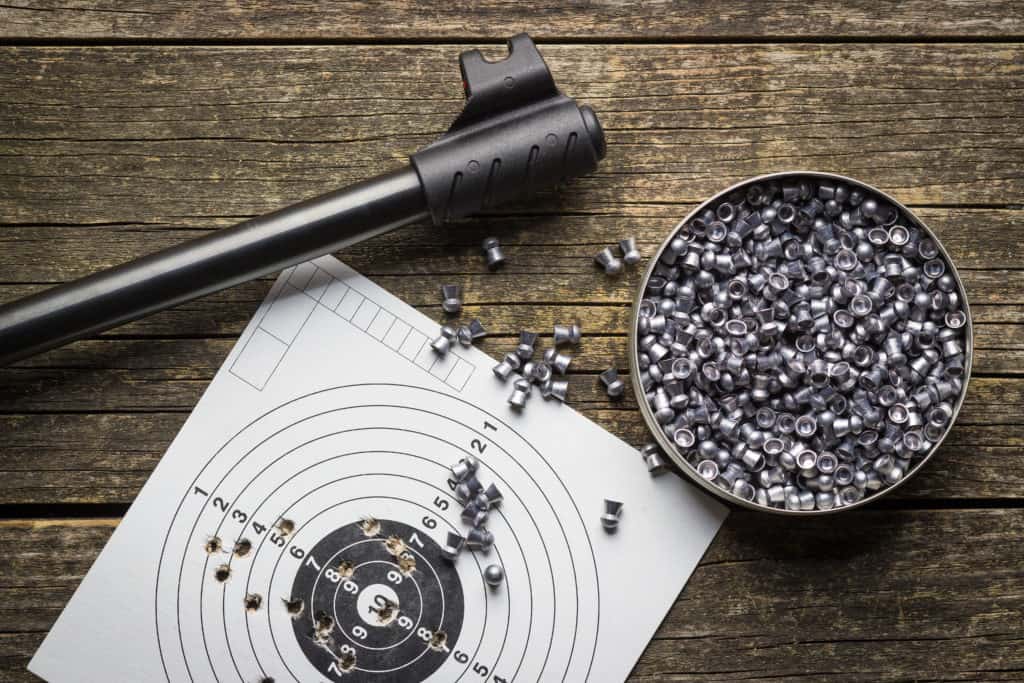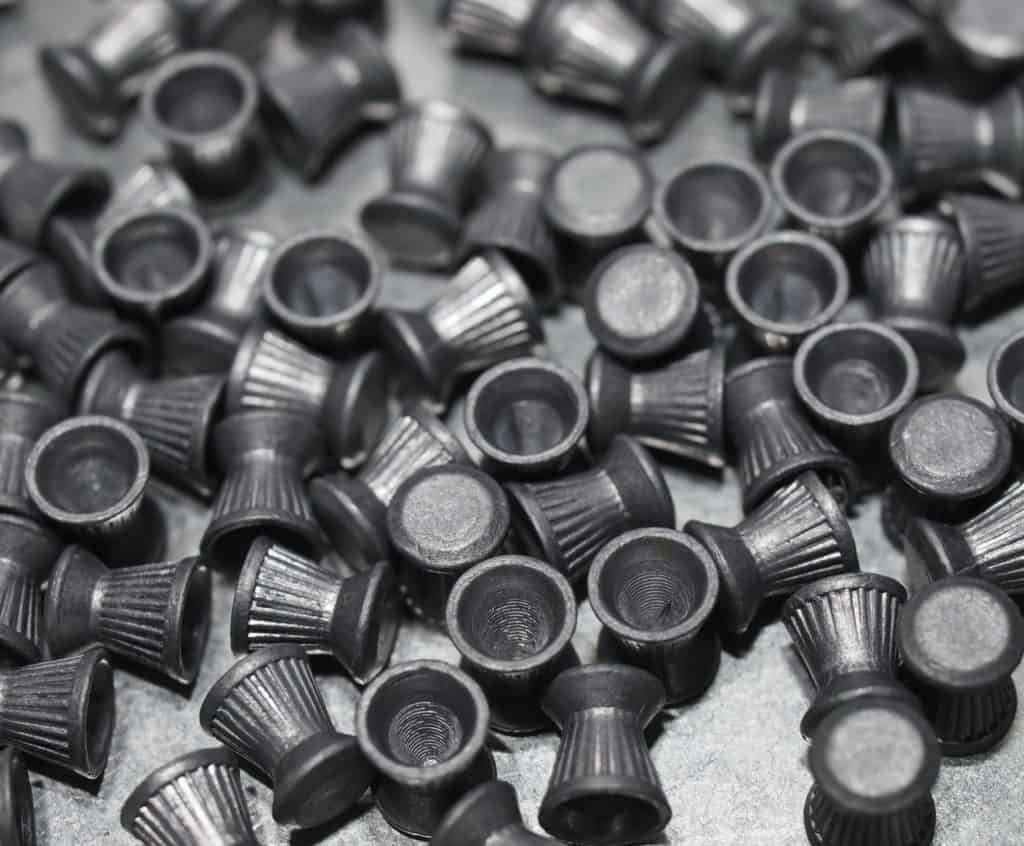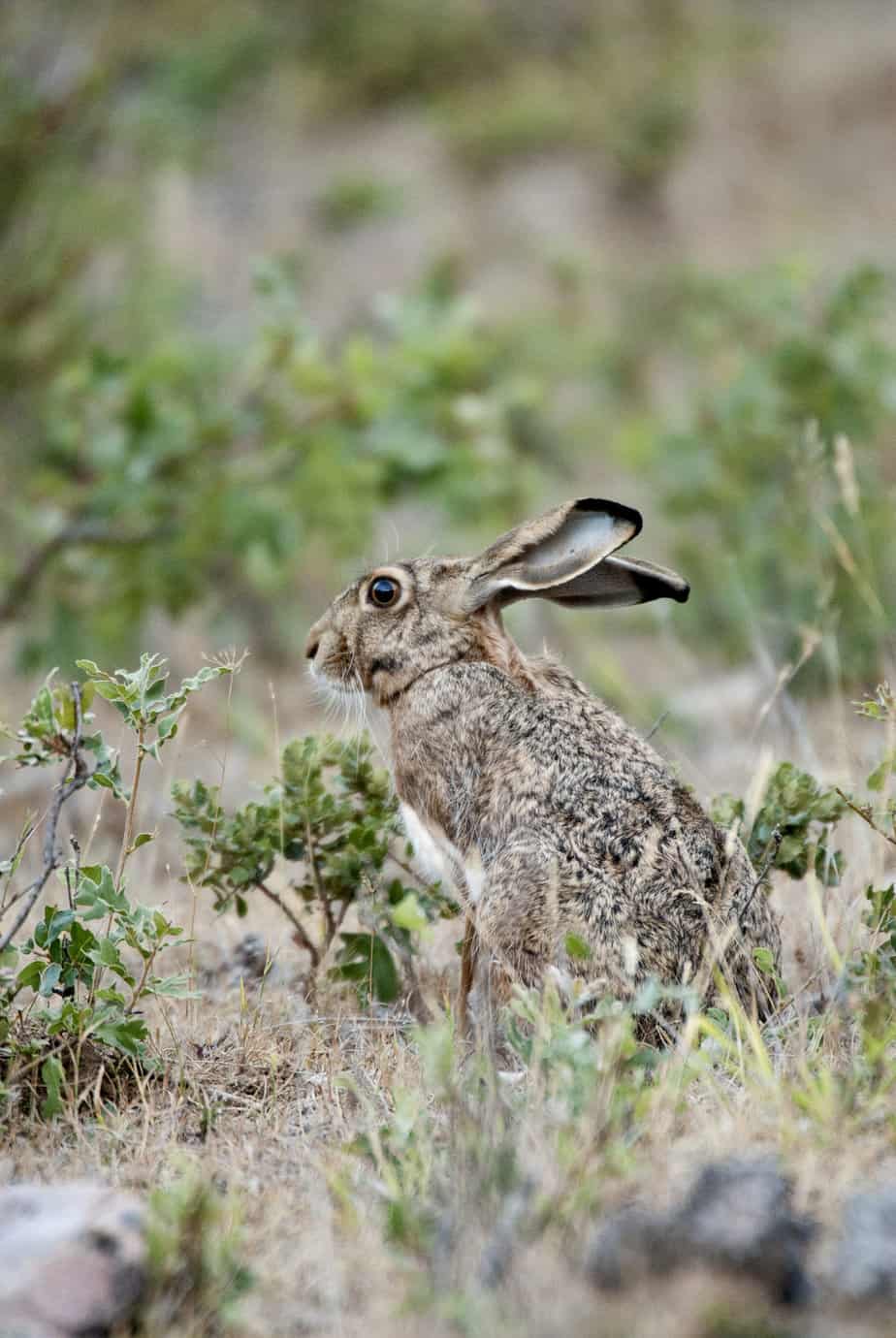Rabbits are one of the easiest and most forgiving game to hunt.
They can be found in a broad variety of environments, and are so numerous, Texas for example, has an open season for the foreseeable future.
Hunting rabbits can also be incredibly flexible, especially with an air rifle.
In this post, we will illustrate how to hunt rabbits with an air rifle.
Can I use an air rifle to hunt rabbit?
Hunting rabbits with an air rifle is one of the most flexible ways to hunt.
In almost every state, you may shoot rabbits damaging your property with an air rifle, or in other controlled situations, even in urban and suburban environments.
Make sure to look into local statutes before doing this.
In Texas, small game animals, including rabbits, can be hunted with an air rifle if the caliber is .177 or more and the muzzle velocity is at least 600 feet per second.
It is recommended to use these guidelines to avoid wound loss, which is where the weapon does not kill the animal but merely wounds the animal.
Make sure to consider the specifications of the rifle to ensure the air rifle will kill the rabbit.
What is the best air rifle for rabbit hunting?

Muzzle Velocity
One of the keys to hunting rabbits with an air rifle is to have a gun that produces enough velocity and force to penetrate the game and kill it.
While 600 feet per second is the minimum recommended muzzle velocity, you may not want to kill a rabbit at any further than 20 yards with these specs.
That would mean you would need to get up close to the rabbit for the kill.
This will only work in situations where rabbits regularly deal with people and are less likely to run.
Wild rabbits are not used to people and are more likely to take off.
Range
If you want to hunt wild rabbits, you will more than likely need to make a kill shot from mid-range.
The recommended muzzle velocity should be at least 1000 feet per second for ranges of 40 to 50 yards.
Which air rifle is best?
One thing to remember is that weapon preferences are very subjective.
An air rifle that is rated the best in the world may not sit well with certain people.
This may be due to variances such as arm span, hand size, and even the shape of the shoulder.
For those reasons, I’m not going to recommend which brand of air rifle you should buy in this article.
However, you should keep the guidelines for muzzle velocity in mind.
In addition, you should consider the caliber of the pellet. Larger pellets will do more damage to the rabbit.
However, .177 pellets have the best trajectory. Hunters should choose their caliber based on this.
Can you hunt rabbit with a .177 pellet gun
Pellets of .177 caliber tend to have the best trajectory and accuracy.
However, they will do the least damage to a rabbit and make a wound loss more likely. You should be careful when choosing the .177 caliber.
Hunters who prefer the .177 caliber may be trying to make quiet(er) kills, which may be good in hunting grounds close to residential areas.
However, if you intend to take shots at mid-range, you should opt for a high muzzle velocity and maybe even be pre-charged pneumatic.
Where do you shoot a rabbit?
When hunting deer, the most ideal shot is behind the shoulder through the lungs and heart. The reason for this is because of:
- A larger target
- Less likely chance for the projectile to deflect from bone
- More likely chance of damaging vitals for a kill shot.
The same rule applies to rabbits. The skull is thicker and stronger than the bones in the shoulder and ribs.
Therefore, the skull can deflect the pellets from an air rifle, even at close range or larger pellets.
This is not only likely to cause wound loss, but the pellet can ricochet and cause damage elsewhere (although unlikely).
Which pellet is best for rabbit hunting?
The .22 air pellet is considered the best pellet for hunting rabbits.
The pellets of these calibers can produce cleaner kills because they do not penetrate as deeply as .177 air pellets but produce more energy upon delivery.
In addition, hunters should note that the muzzle velocity of their air rifle is very dependent on the pellet brand and type.
Many brands produce better projectiles and muzzle velocities than others.
In many situations, the best pellet brands may need to be determined through trial and error.
For example, an air rifle that produces a muzzle velocity of 1000 feet per second can produce a muzzle velocity as high as 1250 feet per second with a certain pellet brand.
Types of Pellets

There are as many types of pellets to try for different purposes.
Wadcutter
These pellets are primarily for close range. They are precise and tend to provide the maximum muzzle velocity expected from these pellets.
However, their shape makes them lose velocity and accuracy over long distances. Hunters can choose these pellets if they do not want the pellets to penetrate through fully and provide for cleaner kills.
Domed
Excellent all-around pellet. They tend to have the highest distance and accuracy, especially in windy weather.
Pointed
Increased penetration capabilities and accuracy. Less distance than domed pellets.
Hollow point
Reduces over-penetration and increases energy transferred to the target for maximum damage. They tend to lack damage at longer ranges though. These will require effort to remove from a rabbit.
Round balls
Can be used in most air rifles. However, they do not produce much damage to game.
The best brand and type of pellet depends significantly on the hunter’s air rifle, and whether they want to hunt close range or long range.
Conclusion
Rabbits are one of the most popular types of game in the world. In addition, they can be easily hunted with the right air rifles, which significantly increases flexibility in what the hunter can do.
Hunters can pick the best rifles to use for their game. However, they should note local ordinances for their choice of weapon.

